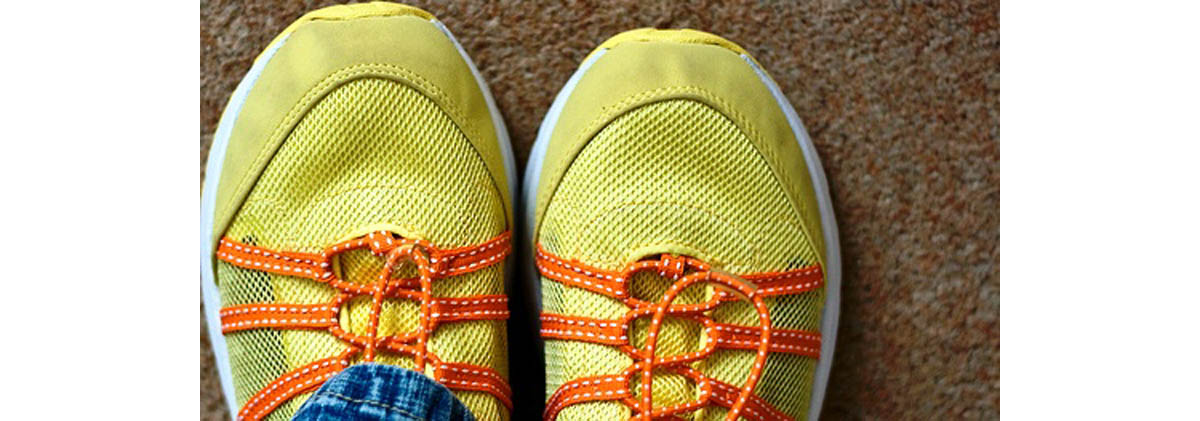Table of Contents
Another common myth surrounding exercise during menstrual period is that it can lead to amenorrhea (the absence of a menstrual period). Experts say that although exercise reduces blood flow during menstruation to a certain degree, it never causes amenorrhea unless the athlete has been training too vigorously, something that pertains to top level athletes rather than casual gym goers. For mild to moderate exercise, usually done at home, exercise poses no risk.

In fact, exercise reduces the congestion of the vessels in the pelvic area, providing relief from the menstrual cramps. According to a leading gynecologist, the basic metabolic rate of the body is lowered during menstruation. Increasing the intensity of strength training along with an increased calorie intake helps in increasing the BMR and provides relief from the bouts of lethargy and fatigue seen during menstruation.
The improved blood circulation following exercise can also help in relieving headaches, which are all too common during menstruation. Keeping all the beneficial effects of exercise on the body of a woman during menstruation, the American College of Obstetricians and Gynecologists recommends women to get regular aerobic exercise to help relieve perimenopausal symptoms.
We have seen that exercising does not have any adverse effect on the menstrual cycle. Similarly, menstrual cycle also has no major effect on the exercise performance of an athlete. A research carried out by Turkish researchers studied the effect of menstruation on 241 elite athletes. They found out that while three-fourth of the participants felt worse just before their periods, 63% of them felt that the pain reduced with training and during competition. Moreover, 62.2% athletes believed that there was no effect of menstruation on their performance.
Another study, performed by researchers from West Virginia University found that the performance of female runners remained unaffected by menstruation, irrespective of whether they were running in the first half of their cycle or the second half. The researchers concluded that female athletes, who compete in strength-specific sports and intense anaerobic/aerobic sports, do not have to make any adjustments in relation to their menstrual cycle phase for maximizing their performance. While performing exercise at sub-maximal intensities, the time to exhaustion remains the same throughout the menstrual cycle.
However, according to Jason Karp, an exercise physiologist and 2011 IDEA Personal Trainer of the Year, the hormonal fluctuations seen in different phases of the menstrual cycle can have an impact on a woman’s response to training in intense conditions. According to him, oxygen consumption, body temperature, and metabolism are all affected by the level of hormones. During the luteal phase, the progesterone concentration is at its peak and it stimulates ventilation. So, women feel more winded when exercising in the luteal phase compared to the follicular phase. Moreover, as the oxygen demand of the respiratory muscles is increased during the luteal phase, less oxygen is available for the leg muscles which are involved in running.
The body temperature is also higher in the luteal phase. Therefore, long, intense workouts become more difficult in this phase of the menstrual cycle. Estrogen is believed to improve endurance performance and increase the glucose availability for uptake by slow twitch muscle fibers whereas progesterone plays just the opposite role. Keeping all these factors in mind, he concludes that intense exercise is better performed in the follicular phase of the menstrual cycle.
- “Effects of the menstrual cycle on exercise performance”, by Janse de Jonge, published in the 2003 issue of Sports medicine, accessed on December 8, 2012.
- “Running for Women”, by Jason Karp and Carolyn Smith, published in 2012 issue of Human Kinetics, accessed on December 8, 2012.
- “Exercise and Your Period”, by Liza Barnes, published on site BabyFit.com, accessed on December 8, 2012.
- Photo courtesy of robertjosiah on Flickr: www.flickr.com/photos/robertjosiah/2364665844
- Photo courtesy of pewari on Flickr: www.flickr.com/photos/pewari/3510598170


Your thoughts on this